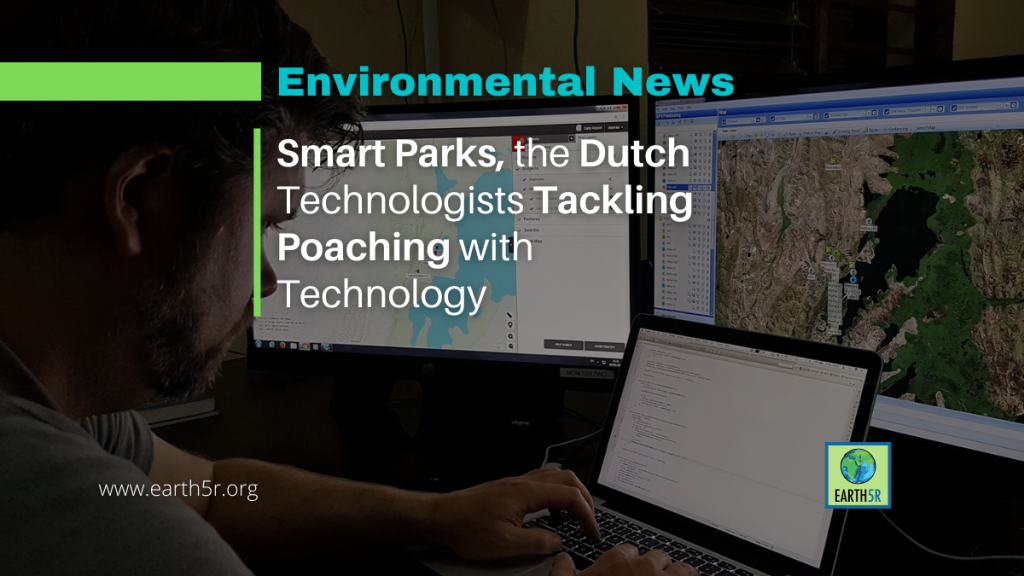
Smart Parks, The Dutch Technologists Tackling Poaching With Technology
Environmental News from the USA:
- Smart Parks is a Netherlands-based organization deploying a high-tech and an R&D-focused approach to finding technological solutions to conservation problems.
- The organization is best-known for using LoRa (long-range) wireless technology to create networks of connected sensors and devices within conservation areas.
- These are designed to help anti-poaching teams through access to real-time data such as animal locations, vehicle movements, and fence voltages, among other parameters.
- Working primarily in Africa, Smart Parks’ next phase of development is to add more sensors to tracking collars to collect additional data such as animal sounds and movement data, and then use machine learning to gain additional insights for research.
You’ve heard of smartphones, smart cars, smart cities, and even smart refrigerators, but have you heard of Smart Parks? Smart Parks is a Netherlands-based team of technologists dreaming up inventive ways to realize the founders’ vision of bringing the power of modern technology to bear in conservation.
“Big tech organizations like Google and Microsoft have big conservation programs, but it’s not their core business,” says Tim van Dam, one of the co-founders of Smart Parks and a telecoms expert. “We know that if something is not your core business, you cannot get to the high-performance level that is needed for technological devices.”
Smart Park’s philosophy is to apply an innovative and research-and-development-focused approach, more commonly found in Silicon Valley, to conservation problems. While they explore many different forms of tech, they’re best-known for building so-called LoRa networks in parks and conservation areas, mostly in Africa, through which multiple devices can be connected to create “smart parks.”
LoRa, or long-range, technology is a networking protocol that uses radio waves, much like the 4G and Wi-Fi networks. The key difference is that while 4G and Wi-Fi are designed to send a lot of data a short distance by using a lot of power, LoRa technology is designed to send tiny amounts of data — about the size of a text message — a very long way, using much less power.
To read top environmental news from the USA, please visit https://earth5r.org
Source: Mongabay




